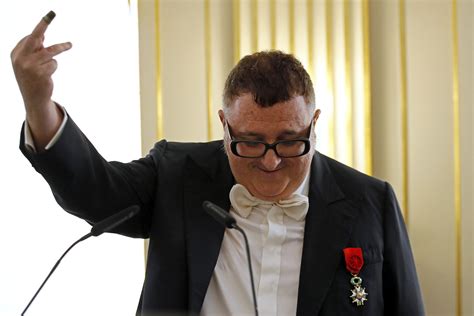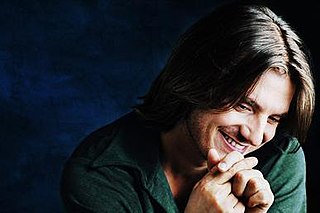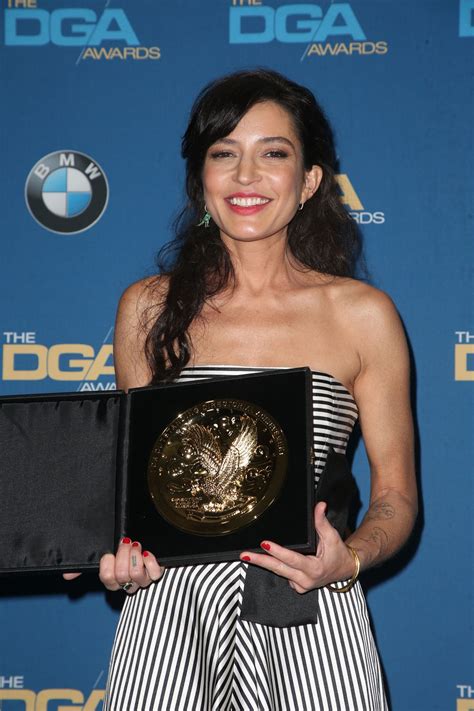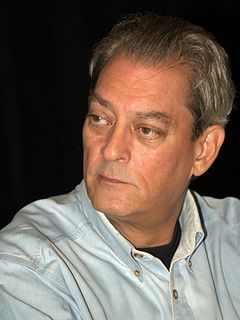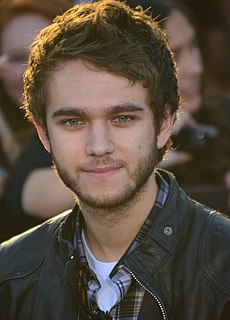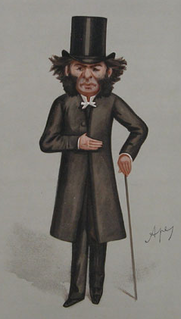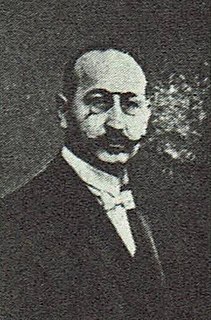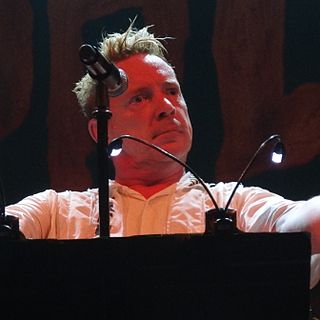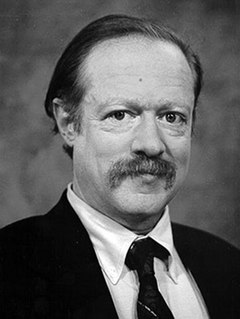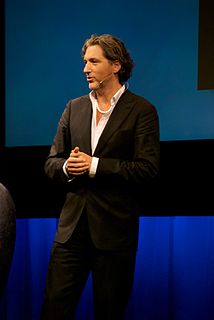A Quote by Lynn Shelton
There's always so much more that can be conveyed on screen visually in the expressions of people's faces, in their bodies, in their body language. And also with sound design, with music.
Related Quotes
I have found when I look at an audience that the expressions on the peoples' faces aren't always up to par with the sounds that they're making. A crowd can sound like they're having a good time when your eyes are closed but if you open your eyes, the looks on some of those faces don't equal the sound.
A book, at the same time, also has to do with what I call a buzz in the head. It's a certain kind of music that I start hearing. It's the music of the language, but it's also the music of the story. I have to live with that music for a while before I can put any words on the page. I think that's because I have to get my body as much as my mind accustomed to the music of writing that particular book. It really is a mysterious feeling.
Although music appeals simply to the emotions, and represents no definite images in itself, we are justified in using any language which may serve to convey to others our musical expressions. Words will often pave the way for the more subtle operations of music, and unlock the treasures which sound alone can rifle, and hence the eternal popularity of song.
When people talk to me about the digital divide, I think of it not so much about who has access to what technology as about who knows how to create and express themselves in the new language of the screen. If students aren't taught the language of sound and images, shouldn't they be considered as illiterate as if they left college without being able to read and write?
Sexuality is primarily a means of communicating with other people, a way of talking to them, of expressing our feelings about ourselves and them. It is essentially a language, a body language, in which one can express gentleness and affection, anger and resentment, superiority and dependence far more succinctly than would be possible verbally, where expressions are unavoidably abstract and often clumsy.
I have a long list of how people call me: 'The Prince of Design,' 'Beethoven of Design,' 'the Dutch Prince of Design' and the list goes on and on and on... and also the 'Lady Gaga of Design!' I am fine with it. I think she is an amazing character who has innovated the music scene and is respected by so many people; she is surprising.

